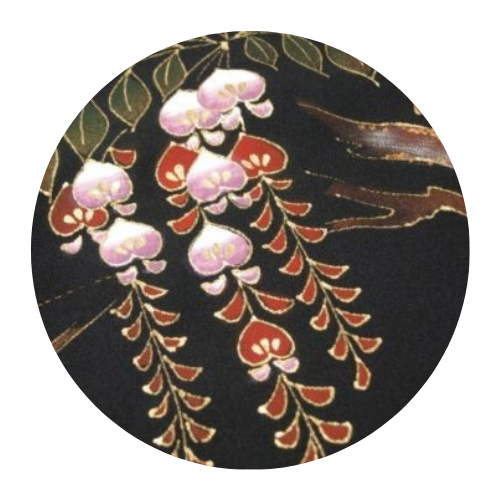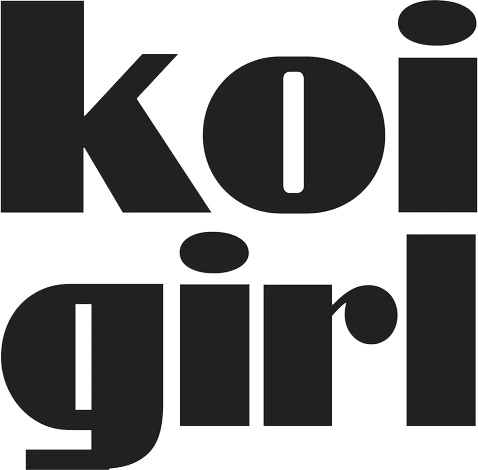Symbolisms and Meanings in Japanese Design and Motifs
-
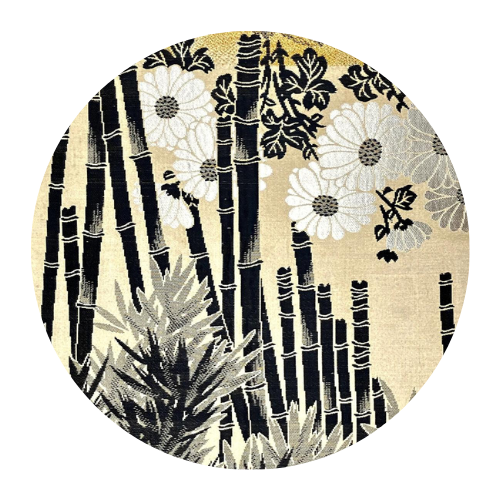
Bamboo
SHOP NOWBamboo, or "Take" in Japanese, is considered a symbol of strength, resilience, and prosperity.
-
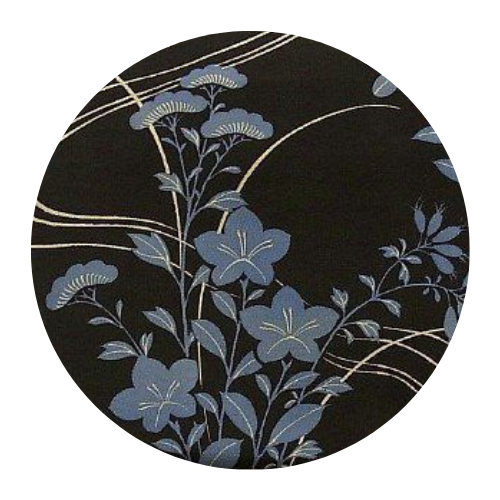
-
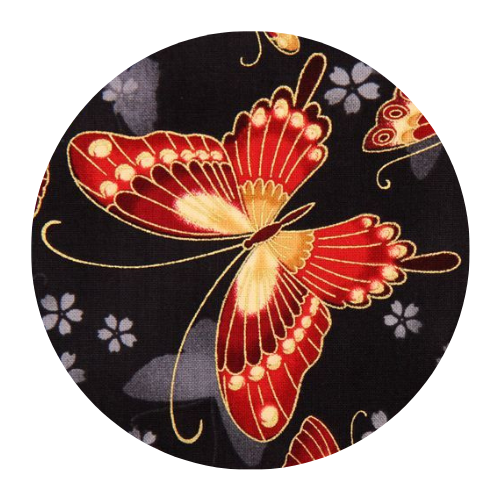
Butterfly - Cho
SHOP NOWButterflies are associated with the transition into womanhood, and are often used as a motif in girls' coming-of-age ceremonies.
-
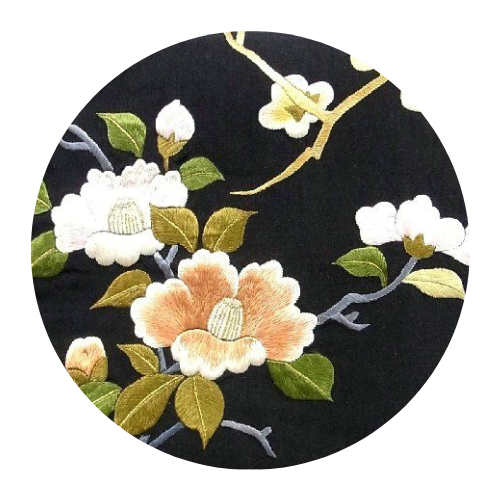
Camelia - Tsubaki
SHOP NOWConsidered a famous and noble flower in Japan. White represents purity, red represents a noble death as for warriors, and admiration, respect or love.
-
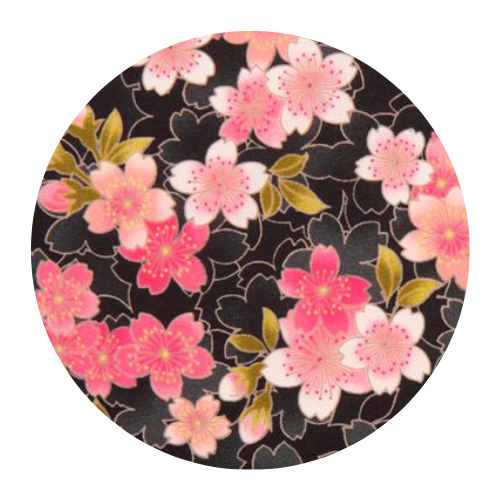
Cherry Blossom - Sakura
SHOP NOWRepresents happiness, spring, and a time of renewal - Cherry blossoms bloom for approximately only 2 weeks, therefore it symbolises and reflects on the fleeting nature of life.
-
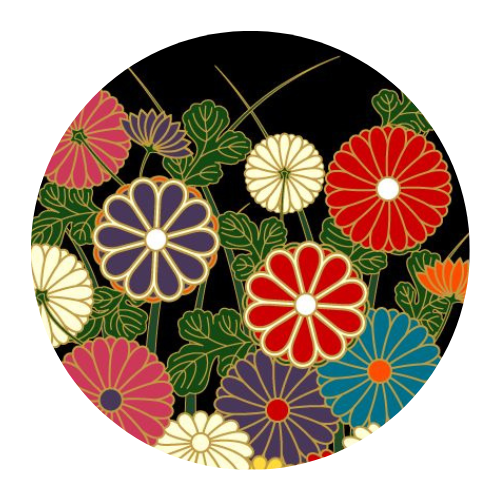
Chrysanthemum – Kiku
SHOP NOWThey are considered a symbol of longevity, as well as rejuvenation and nobility, and are often associated with the autumn season and the harvest. In Japan, chrysanthemums are also associated with the Imperial family, and are featured on the Japanese imperial seal.
-
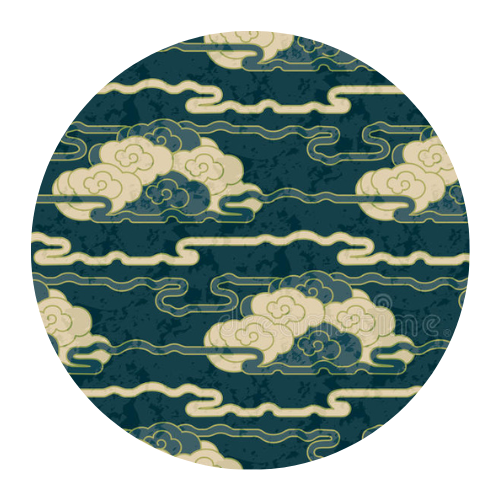
Clouds – Kumo
SHOP NOWClouds are also associated with the Japanese aesthetic of "yohaku," which emphasizes the beauty of simplicity and empty space. The image of a lone cloud in the sky can be seen as a representation of this aesthetic, as well as a symbol of the impermanence of all things.
-
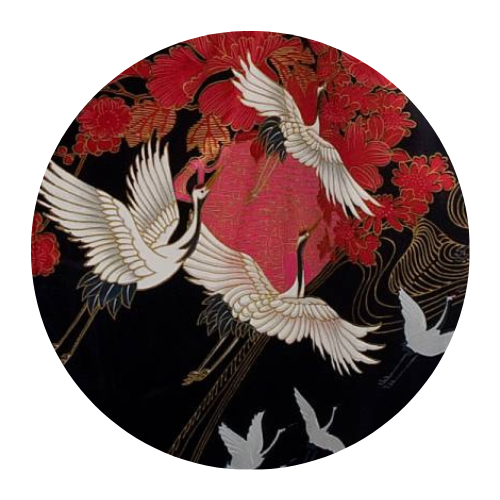
Crane – Tsuru
SHOP NOWIn Japanese culture, the crane, or "tsuru" in Japanese, is a highly symbolic bird that represents happiness, good fortune, perseverance and longevity. The crane is also believed to be a mystical creature that can live for a thousand years or more.
-
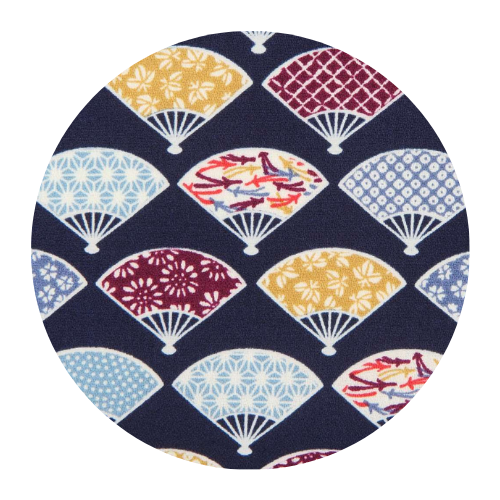
Fan - Uchiwa
SHOP NOWThe small end of the fan represents birth and the blades symbolize the many paths leading away from this beginning. Red and white are lucky, and gold is thought to attract wealth.
-
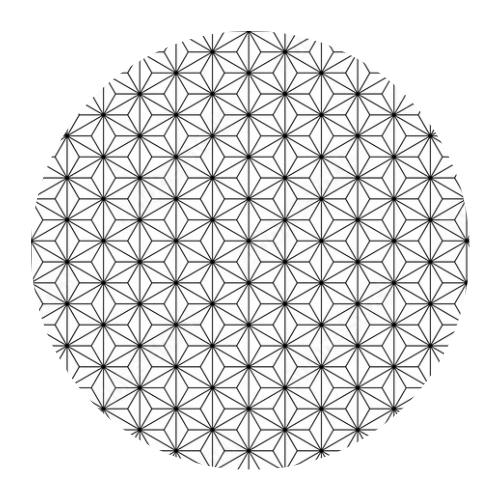
Hemp Pattern
SHOP NOWRepresents the power of growth – being the most vigorous plant used by mankind. The traditional pattern often seen on Japanese kimono, and the motif of the hemp often used in Buddhist scrollwork to represent radiating light-or the inner light of the soul.
-
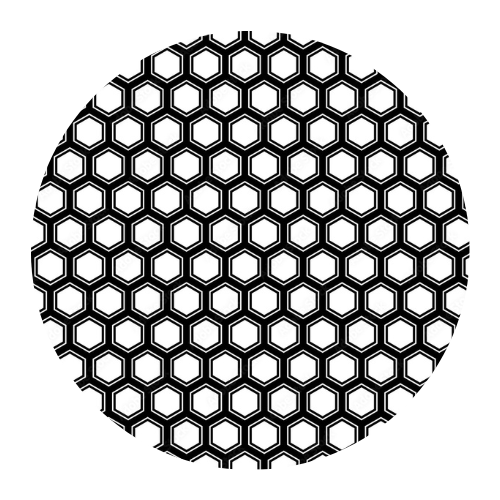
Kikko Pattern - Hexagon design representing the Turtle - Kame
SHOP NOWLuck, protection, and longevity-owing to their long lifespan and slow movements. Its shell representing heaven and its square underside -earth.
-
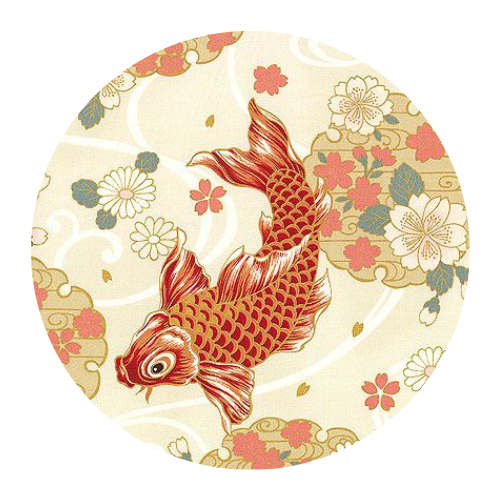
Koi Fish
SHOP NOWThe Koi fish are a very determined fish, it is known that they are able to swim upstream, therefore they are the symbol of perseverance and courage. They are also a symbol of love.
-
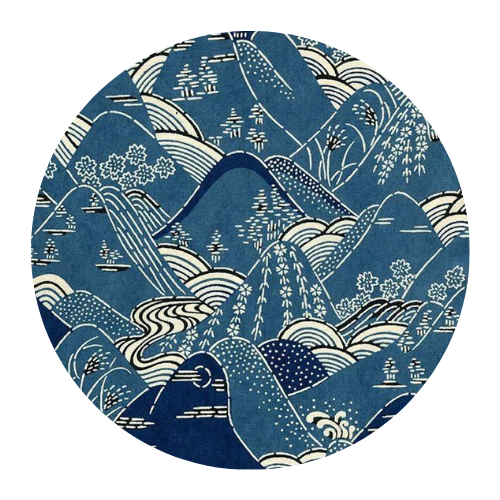
Mountain - Yama
SHOP NOWNearness to God. Also, a symbol of constancy, eternity, firmness and stillness.
-
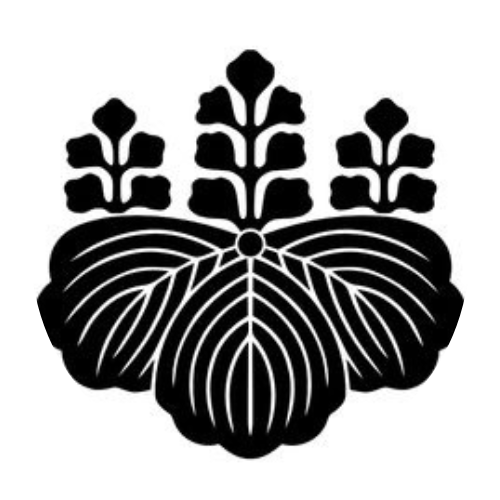
Paulownia - Kikyo
SHOP NOWKnown as a princess tree, it is often planted when a baby girl is born to offer protection and good luck.
-
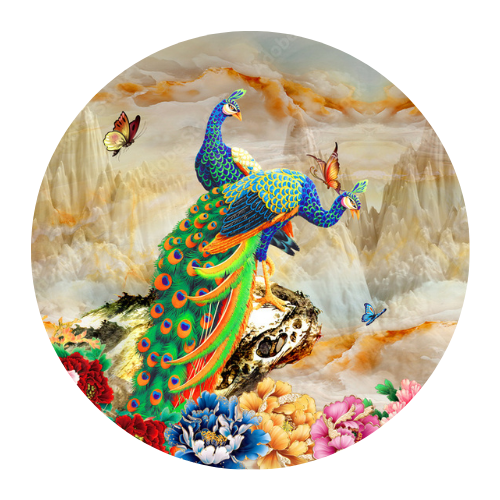
Peacock - Kujaku
SHOP NOWSymbolizes love or rather it is an emblem of love. Represents good will, nurturing and kindness.
-
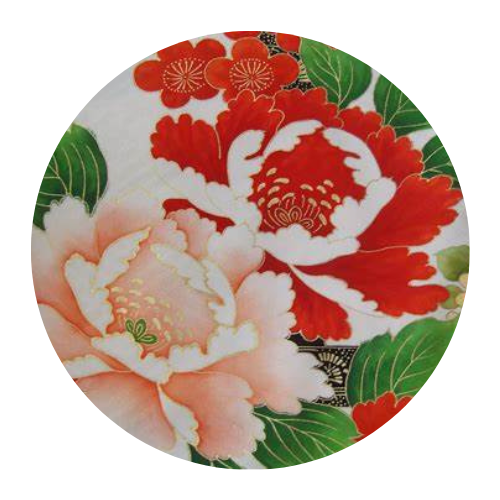
-
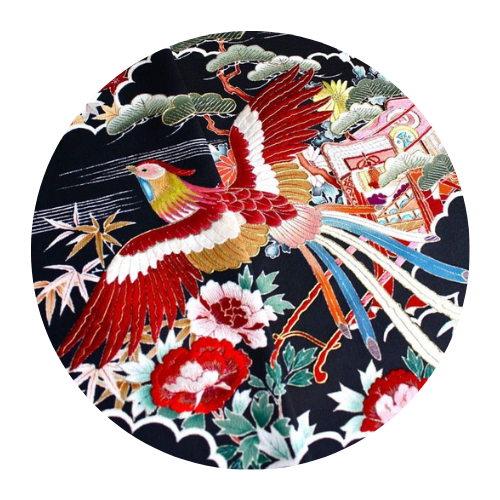
Phoenix - Houou
SHOP NOWThe mythical phoenix is often associated with the imperial household in Japanese mythology and symbolizes the empress. It is also commonly associated with fire, the sun, and justice. In addition, the phoenix represents obedience, fidelity, and the southern star constellations.
-
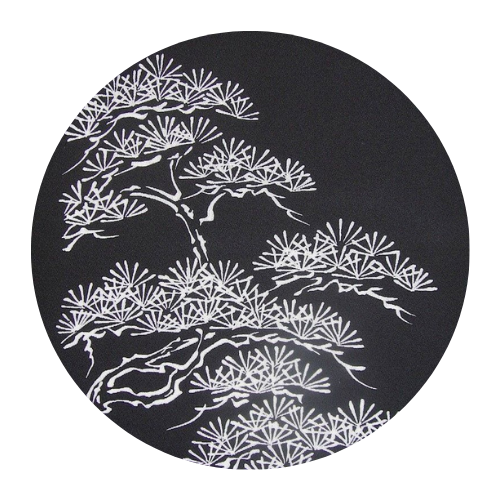
Pine Tree - Matsunoki
SHOP NOWThe pine tree will continue to persevere-unchanged by the fleeting nature of human life, symbolises endurance and longevity. The spirit of the tree helps guide the spirits to the peace and joy of the afterlife.
-
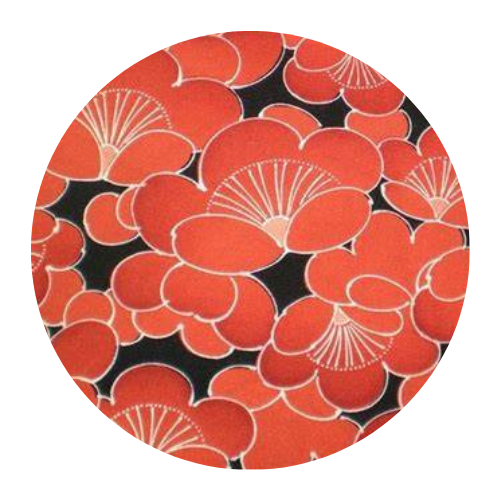
Plum Blossom - Ume
SHOP NOWVitality, hope, renewal and perseverance, giving hope to us for the future.
-

Ribbon - Noshi
SHOP NOWThis Japanese pattern represents colored ribbons tied together. Traditionally, these ribbons are hung on gifts as best wishes. The Noshi pattern is considered a lucky charm because it symbolises longevity
-
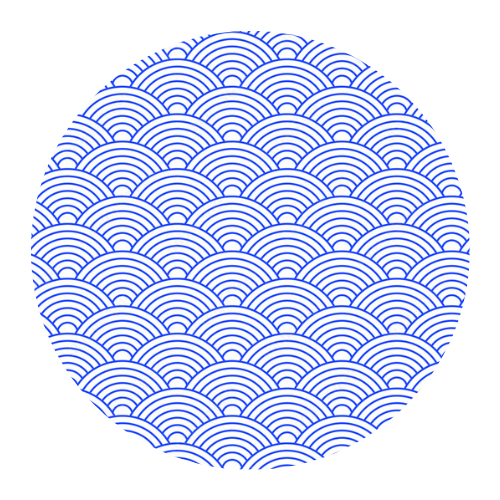
Seigaiha - Wave Pattern
SHOP NOWThe seigaiha circular pattern signifies the ocean, and the waves represent surges of good luck.
-
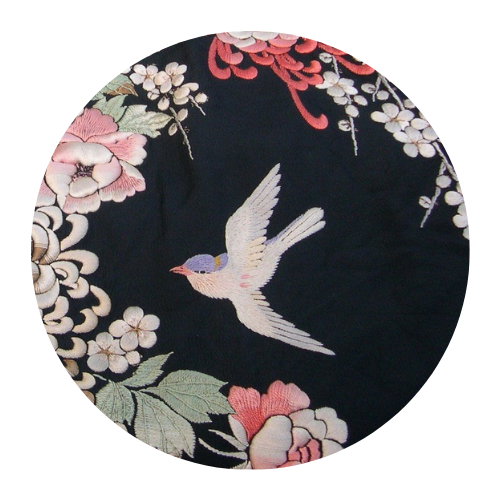
Sparrow - Suzume
SHOP NOWIt reminds us of ‘to enjoy the little things in life and embrace simplicity'
-
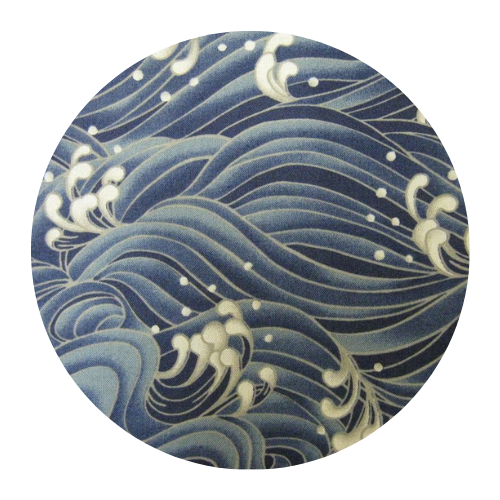
Waves - Nami
SHOP NOWThe ebb and flow of life. The fortunes and struggles we face in life. Like the seigaiha pattern, the waves signify surges of good luck.
-
